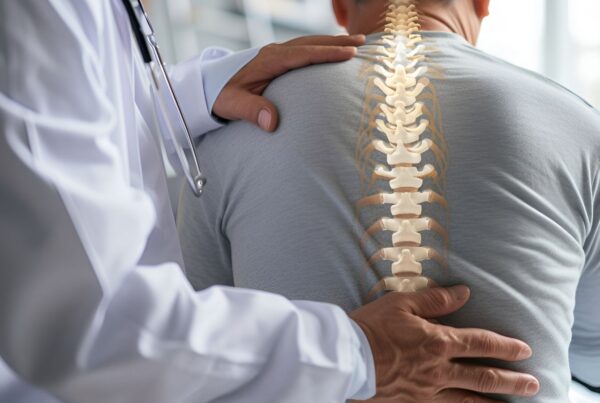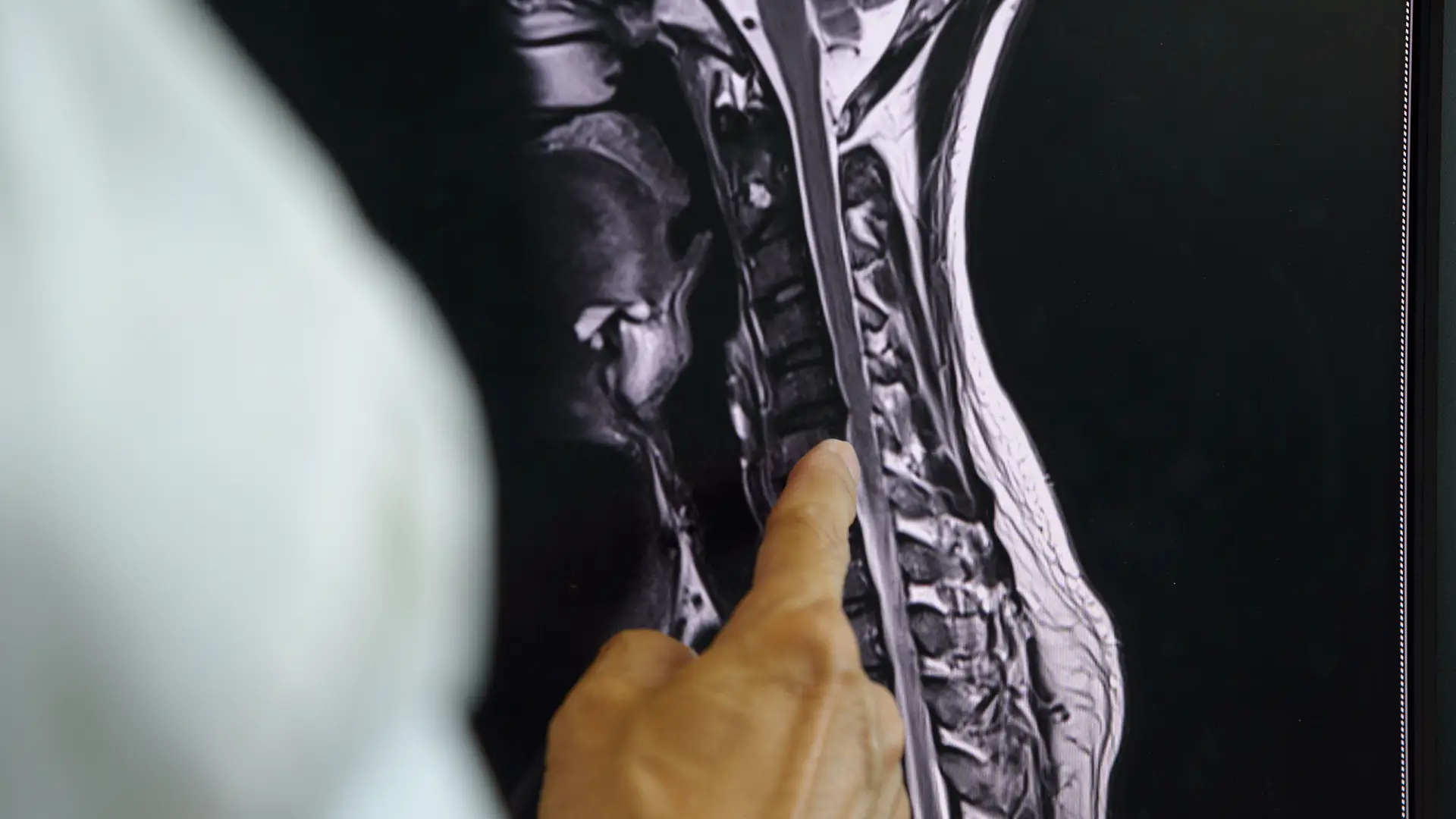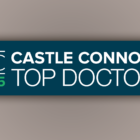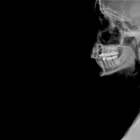Cervical stenosis surgery, also called cervical spinal stenosis surgery, helps fix problems caused by the narrowing of the spinal canal in the neck. This condition, called cervical spinal stenosis, can put pressure on the spinal cord and nerves, causing pain and other issues. Let’s explore what this surgery involves, how to recover, its side effects, and other treatment options.
What is Cervical Spinal Stenosis?
Cervical spinal stenosis happens when the spinal canal in your neck gets narrower. This can be due to aging, bone spurs, or degenerative arthritis. When the spinal canal narrows, it puts pressure on the nerve roots and spinal cord, leading to neck pain, weakness, and numbness in the arms and legs. When treatments like physical therapy and pain medications don’t help, surgery might be necessary.
Types of Cervical Stenosis Surgery
There are different types of cervical spinal stenosis neck surgery depending on how severe and where the stenosis is. Common surgeries include:
Anterior Cervical Discectomy and Fusion (ACDF): The surgeon removes a damaged disc through an incision in the front of the neck and then fuses the nearby vertebrae with a bone graft.
Posterior Laminectomy and Fusion: The surgeon removes a part of the vertebra called the lamina to relieve pressure on the spinal cord and nerves. This is followed by using screws to hold the spine in place allow the bone to fuse in a favorable alignment.
Foraminotomy: This minimally invasive surgery involves enlarging the openings where nerve roots exit the spinal canal to relieve pressure on the nerves.
Cervical Disc Replacement: The surgeon replaces a damaged cervical disc with an artificial disc to maintain neck mobility and prevent further degeneration.
Cervical Spinal Stenosis Surgery Procedure
Cervical stenosis surgery, or spinal stenosis cervical spine surgery, usually involves making an incision in the front or back of the neck to reach the cervical spine. Minimally invasive techniques may be used to reduce tissue damage and promote faster recovery. The type of surgery depends on the specific condition and severity. The goal is to relieve pressure on the spinal nerves and spinal cord by removing bone spurs, herniated discs, or thickened ligaments.
Recovery from Cervical Spinal Stenosis Surgery
Recovery from cervical stenosis surgery varies, but here are some general guidelines:
Hospital Stay: Most people stay in the hospital for one to two days after surgery.
Physical Therapy: Physical therapy helps restore strength and mobility in the neck and shoulders.
Activity Restrictions: Patients should avoid heavy lifting, bending, and twisting for several weeks to heal properly.
Follow-up Care: Regular check-ups with the surgeon are important to ensure proper healing.
The duration of cervical stenosis surgery recovery depends on the type of surgery performed and the individual’s overall health. Adhering to post-operative instructions and attending all follow-up appointments are crucial for a successful recovery.
Side Effects of Cervical Stenosis Surgery
Like all surgeries, cervical stenosis surgery has potential side effects and risks, such as:
Pain and Discomfort: Pain at the incision site and discomfort in the neck and shoulders are common after surgery.
Infection: There is a risk of infection at the surgical site, which may need antibiotics or more treatment.
Nerve Damage: Rarely, there may be damage to the spinal nerves or spinal cord during surgery.
Swallowing Difficulties: Some patients may have trouble swallowing due to the location of the surgery.
Blood Clots: There is a risk of blood clots in the legs, which can be prevented with medications and early movement.
Understanding these side effects can help patients prepare for what to expect and take proactive steps to manage any complications.
It's time to get back
to doing what you love.
Treatment Options for Cervical Spinal Stenosis
Before deciding on cervical spinal stenosis surgery, various nonsurgical treatments are usually tried, such as:
Physical Therapy: Exercises to strengthen the neck muscles and improve flexibility.
Pain Medications: Drugs like NSAIDs to manage symptoms.
Steroid Injections: Injections to reduce inflammation and alleviate pain.
Lifestyle Modifications: Changes in posture, ergonomics, and activity levels to reduce stress on the cervical spine.
Nonsurgical treatment options are often effective for mild to moderate cases of cervical spinal stenosis. However, if these treatments do not provide sufficient relief, surgery might be considered as the next step.
Why Choose Neurosurgeons of New Jersey for your Cervical Stenosis Surgery?
Neurosurgeons of New Jersey has been voted the #1 Surgical Practice in New Jersey for Neurosurgery. We proudly serve patients across the state with 11 convenient locations. Our team is composed of highly qualified doctors who are not only the best educated but also extensively practiced, holding numerous awards in neurosurgery. We accept and work with a diverse range of health insurance plans, including Aetna, Horizon Blue Cross Blue Shield, Oxford/United Healthcare, Cigna, Personal Injury Protection (PIP)/No-Fault for NJ Motor Vehicle Accidents, the Empire Plan (NYSHIP), Medicare, NJ Medicaid, and Workers’ Compensation. Even if your insurance isn’t listed, you may still be eligible for substantial coverage, ensuring that more patients can access our top-tier neurosurgical care.
Conclusion
Cervical stenosis surgery is essential for people with severe cervical spinal stenosis who haven’t found relief through other treatments. The main aim of surgery is to relieve pressure on the spinal cord and nerves, reducing pain and improving function. Recovery and side effects vary, but new minimally invasive techniques have made cervical spinal stenosis neck surgery safer and more effective. If you have symptoms of cervical spinal stenosis, talk to a spine specialist to discuss the best treatment options for you. Understanding the type of surgery and its potential outcomes can help you make an informed decision about your health.
Special thanks to Dr. Anthony Conte for helping make this blog possible.
Dr. Anthony Conte, MD
Dr. David Estin, MD, FACS
Dr. Christopher Gillis, MD, FRCSC, FAANS
Dr. Jonathan H. Lustgarten, MD
Dr. Ty J. Olson, MD, FACS

About Eatontown
Our team of board certified physicians, located in Eatontown, New Jersey, are dedicated to bringing you the latest developments and treatment options for spinal surgery. We strive to produce the most clarified & clear content to help you make informed decisions on your medical journey. The road to feeling like your true self should not feel lonely- Let us help you. Please call us to schedule a consultation and speak to one of our team members.
Recent Posts:






